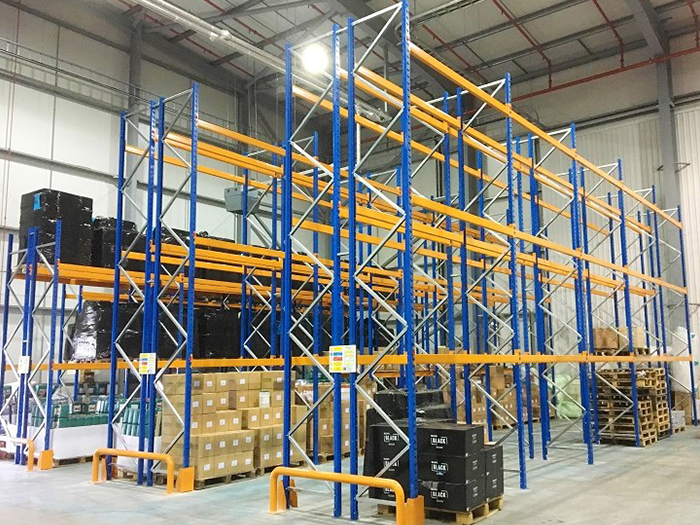In today's globalized world, efficient and cost-effective transportation of goods is crucial for businesses to thrive. Companies are constantly seeking ways to optimize their supply chains and reduce expenses. This blog post aims to explore the least expensive methods of transporting goods, considering various industries and their unique requirements. By understanding the intricacies of different transportation modes, businesses can make informed decisions to streamline their operations and maximize profitability.
- Road Transportation:
Road transportation is often the go-to choice for short-distance shipments, especially within urban areas. It offers flexibility, door-to-door delivery, and quick transit times. However, it may not be the most cost-effective option for long-haul or large-scale shipments due to fuel costs, tolls, and maintenance expenses. To mitigate these costs, businesses can consider consolidating shipments, utilizing efficient route planning, and leveraging technology to optimize delivery schedules. - Rail Transportation:
Rail transportation is renowned for its cost efficiency when it comes to long-distance hauling of bulk goods. It offers economies of scale, reduced fuel consumption, and lower carbon emissions compared to road transportation. While rail may not be suitable for time-sensitive or small-scale shipments, it excels in transporting commodities such as coal, grain, and raw materials. Collaborating with rail freight operators and leveraging intermodal solutions can further enhance cost-effectiveness. - Water Transportation:
Water transportation, including ocean and inland waterways, is a highly economical option for long-distance shipments, particularly for bulky or non-perishable goods. It boasts the lowest cost per ton-mile and is ideal for international trade. However, it may have longer transit times and require additional handling and storage arrangements at ports. By optimizing containerization, utilizing efficient port facilities, and leveraging economies of scale, businesses can capitalize on the cost advantages of water transportation. - Air Transportation:
While air transportation is generally the most expensive mode, it offers unparalleled speed and reliability, making it indispensable for time-sensitive and high-value goods. However, for cost-conscious businesses, air freight can still be optimized. By utilizing consolidated or deferred shipping options, negotiating favorable contracts with airlines, and employing advanced logistics technologies, companies can minimize expenses while benefiting from the speed and global reach of air transportation. - Intermodal Transportation:
Intermodal transportation combines multiple modes, such as road, rail, and sea, to maximize efficiency and cost-effectiveness. It allows businesses to leverage the strengths of each mode while minimizing their limitations. By strategically selecting the most appropriate combination of modes based on shipment characteristics, distance, and destination, companies can achieve significant cost savings. Effective coordination, standardized containerization, and seamless information exchange are crucial for successful intermodal transportation.
Conclusion:
In the quest for the least expensive way to transport goods, businesses must consider a range of factors, including distance, shipment size, urgency, and industry requirements. While there is no one-size-fits-all solution, understanding the strengths and limitations of different transportation modes empowers companies to make informed decisions. By optimizing their supply chains, leveraging technology, and exploring intermodal solutions, businesses can unlock efficiency, reduce costs, and gain a competitive edge in the global marketplace.





